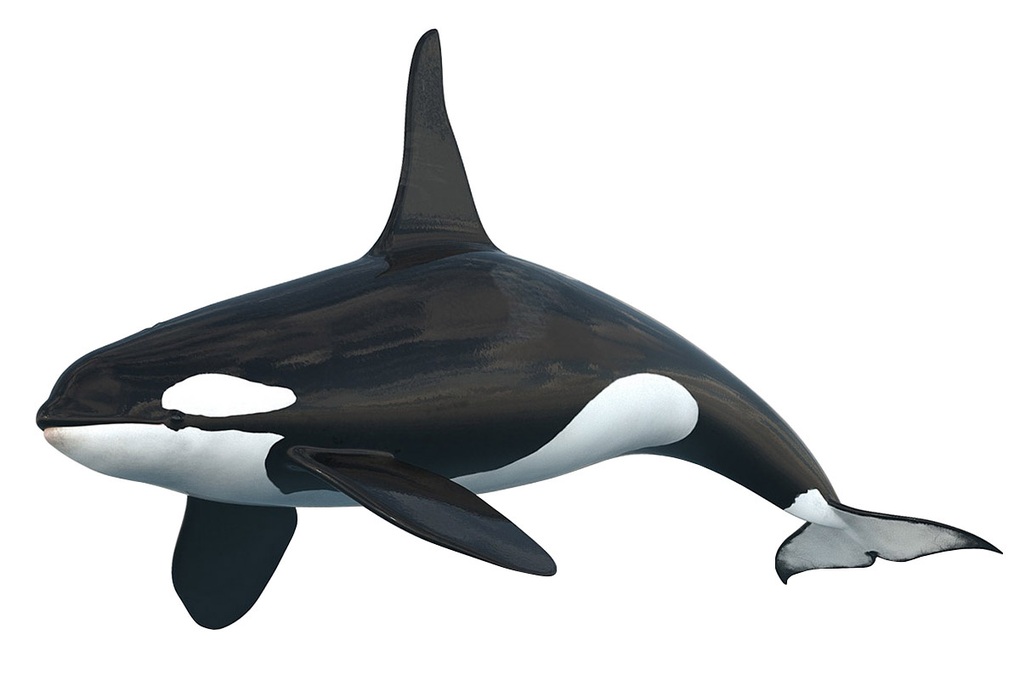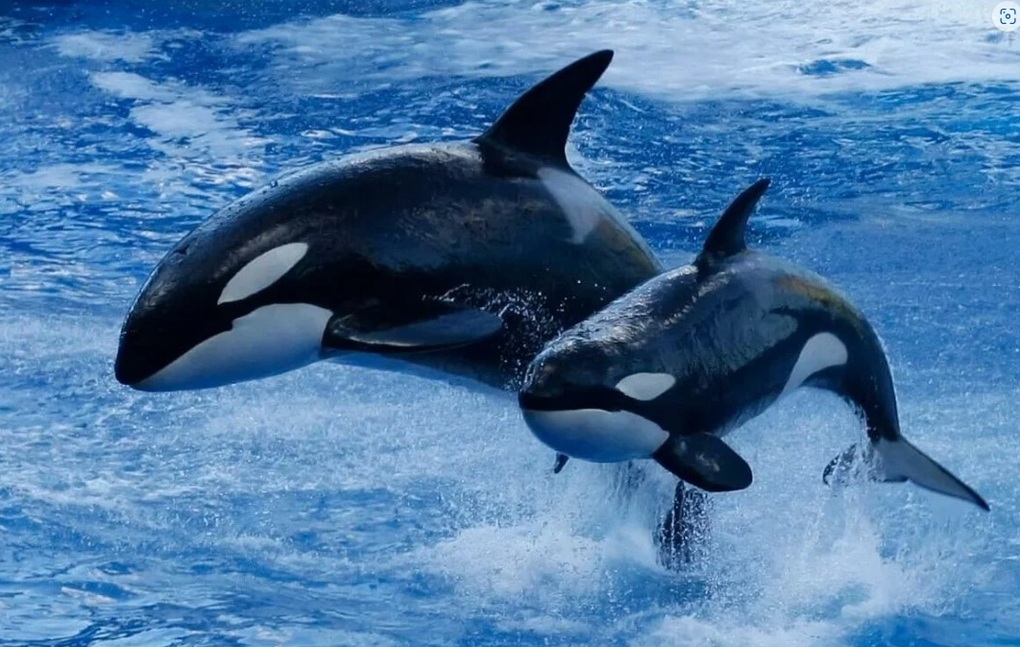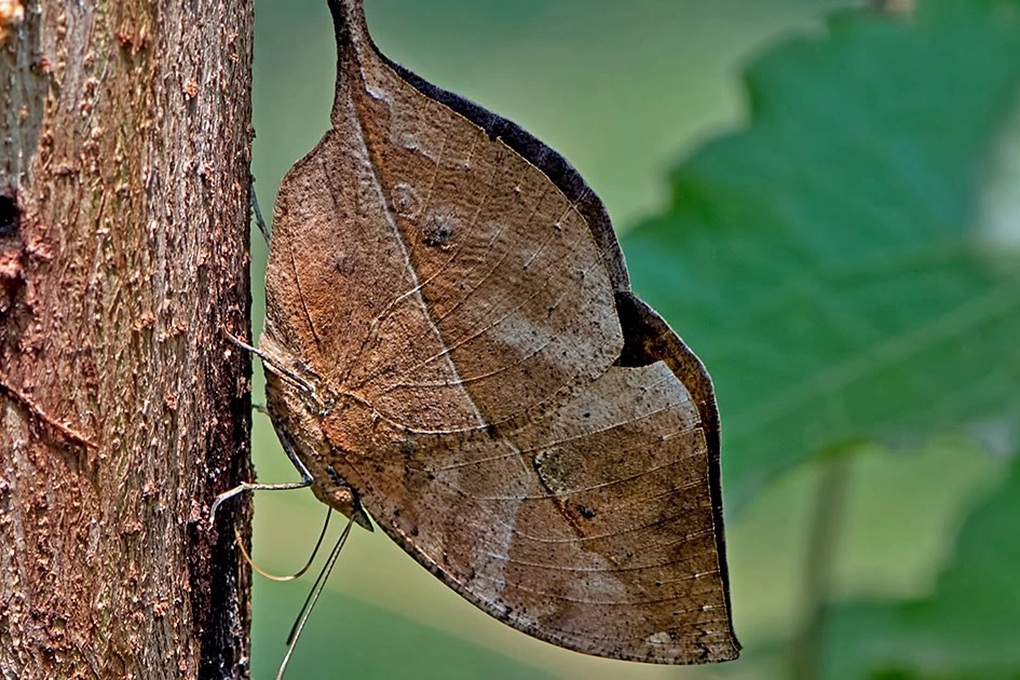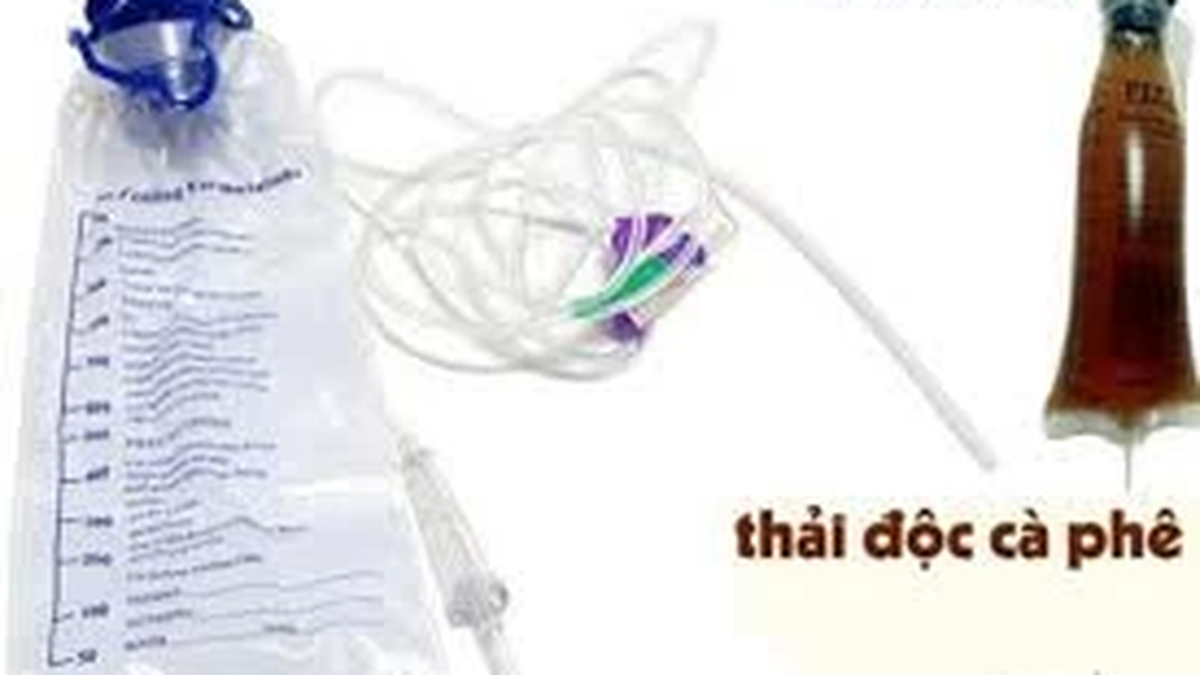The ultimate camouflage trick of ocean predators

Killer whales with their characteristic black and white color scheme (Photo: Wikipedia).
Killer whales ( scientific name: Orcinus orca ) stand out in the ocean with their jet-black skin mixed with characteristic white patches. Interestingly, they always have 2 white spots near their eyes, making many people mistake them for giant eyes.
This is no random detail, but the result of a clever evolutionary process that serves the killer whale’s ability to camouflage and hunt effectively, where each color scheme has its own function.
Specifically, their white bellies help them hide when viewed from below, blending in with the sunlight shining through the water, while their black backs help them blend into the dark background of the seabed when viewed from above.
As for the white spots on the eyes of killer whales, scientists call this a classic disruptive coloration effect, which is also a widely used camouflage tactic in the animal world .
The effect is similar to the way the military uses camouflage to confuse the eyes of its enemies. For killer whales, instead of hiding their entire bodies in a single color, they use highly contrasting patches to confuse their prey, making it harder for them to see the true shape of an approaching predator.

Camouflage is not only an art of survival, but also a testament to extraordinary evolution to adapt to the living environment (Photo: Getty).
Not only are these patches of pigment used for hunting, they are also a sign to identify killer whale populations. Many studies have shown that killer whale pods living in different seas, from Norway, Iceland to England or Spain... all have a characteristic white spot shape as a kind of "badge", helping researchers identify each specific group.
In particular, killer whales in the Southern Ocean are classified into several distinct ecotypes (types A, B, C, D), each with different behaviors and territorial ranges.
The strange art of camouflage in the animal world
Not just killer whales, the animal world possesses countless strange but surprisingly effective camouflage strategies.
In the jungle, chameleons can change their skin color to match their environment to deceive predators or attract mates. When the Asian leaf moth (Kallima inachus) folds its wings, it almost disappears among the dry leaves thanks to its color and veins that perfectly mimic the shape of the leaf.

The dried leaf butterfly has the ability to perfectly imitate the shape of a leaf (Photo: Getty).
In the marine environment, squid and octopus of the Cephalopoda family are even more impressive in that they can change color, pattern, and even skin texture in a split second.
Some species even simulate sandy bottoms, seaweed or coral reefs so vividly that they are almost "invisible" to prey and predators.
In desert environments, barn owls have feathers that resemble tree bark, allowing them to sleep undetected during the day. Stick insects and leafhoppers rely on their body shape and behavior to blend into branches or vegetation without changing color.
These camouflage techniques are not just survival techniques, but also testament to the extraordinary evolution that has gone into adapting to the environment. Each stripe, spot, or patch of color can be a strategic tool for an organism to escape, hunt, or protect its species.
Source: https://dantri.com.vn/khoa-hoc/vi-sao-ca-voi-sat-thu-luon-co-dom-trang-gan-mat-20250716152623364.htm























![[Photo] National Assembly Chairman Tran Thanh Man visits Vietnamese Heroic Mother Ta Thi Tran](https://vphoto.vietnam.vn/thumb/1200x675/vietnam/resource/IMAGE/2025/7/20/765c0bd057dd44ad83ab89fe0255b783)









































































Comment (0)